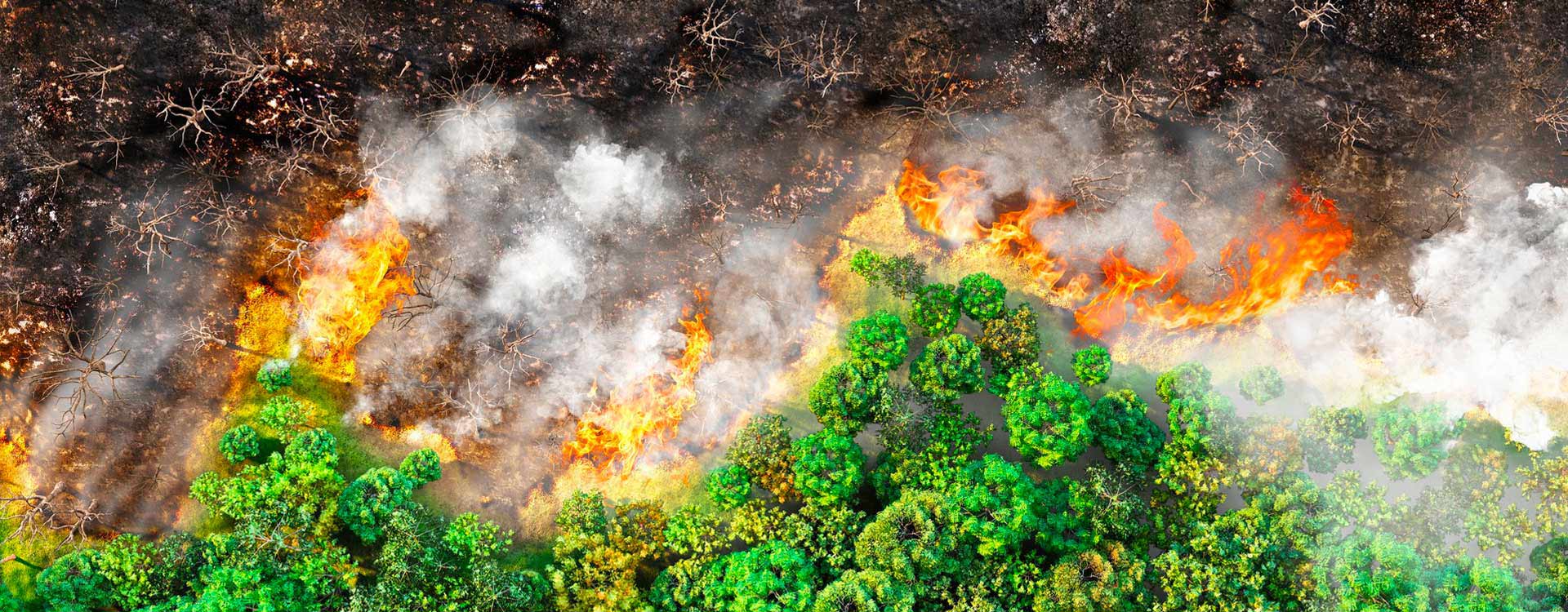
Climate change is the biggest challenge that we are facing as a planet. From escalating natural disasters, such as catastrophic forest fires and flooding, to food shortages and heat-related deaths, the impact of rising temperatures is affecting everyone. These are not future problems; the widespread effects of climate change are changing our daily lives. Without immediate and drastic actions to reduce our greenhouse gas emissions, we are heading towards the point of no return.
Global action is needed for a global problem.
In recognition of the challenge and the need for a global solution, 196 parties of the UN signed the Paris Agreement in 2015. This agreement legally bound countries to undertake ambitious actions to alleviate climate change. The central goal of the agreement was to limit the global temperature increase to “well below 2°C and pursue efforts to limit the temperature increase to 1.5°C above pre-industrial levels.” This was tied to the idea that a climate-neutral world would be achieved by the mid-century.
The commitments made by signing countries were necessarily ambitious and the signing of the treaty was a landmark moment for international diplomacy. But, even from its inception, many environmentalists noted the impact of the agreement was more symbolic than tangible. Upon signing, US President Barack Obama pointed out that: “Even if we meet every target, we will only get to part of where we need to go.”
Now, nearly 7 years on, it is clear that we still have a way to go to limit global warming. In fact, the current national commitments put the world on track for around 2.5 degrees Celsius of warming by the end of the century.
The best time to plant a tree was 20 years ago; the second best time to plant a tree is today. The same goes for reducing greenhouse gas emissions.
In discussions about reducing emissions, the year in which we hit net zero remains such a dominating focus that ‘the time value of carbon’ is often overlooked. We need to consider not only how large our emissions reduction can be, but also how quickly we can reduce them.
When greenhouse gases such as carbon dioxide and methane are released into the atmosphere they act as a blanket around the planet stopping heat from leaving the Earth’s atmosphere and increasing the atmospheric temperature. The effect of these gases is cumulative, meaning that with every additional molecule of CO2 emitted the thicker the blanket gets and the greater the rise in temperature. Greenhouse gases emitted today have longer in the atmosphere to cause harm than gases emitted in the future.
The biggest impact we can have on the planet is reducing emissions today. This is supported by research published in Nature in 2021, which shows that early action is best. Achieving large emissions reductions by 2030, without ever reaching net zero, delivers a significantly better result than reaching net zero through a big improvement between 2040 and 2050.
Early action leads to the best climate outcomes. This is clearly outlined in the charts below. The chart on the left shows the four routes to net zero analysed by researchers and two routes (light grey dotted lines) which did not hit net zero in 2050. The chart on the right shows that these two scenarios led to lower over time temperature rises than many of the ‘net zero in 2050’ scenarios.
Source: https://www.nature.com/articles/s41598-021-01639-y
So where to focus that action? Industrial decarbonisation.
‘Foundational’ industries such as cement, steel, and glass are responsible for 25% of global greenhouse gas emissions. These industries are often referred to as ‘hard-to-abate’ sectors due to the complexity of the carbon-neutral transition. Although it’s true that the path to decarbonise heavy industry is not straightforward, this terminology has partially shielded these industries from climate policy and political pressure to reduce their carbon footprint has been very light touch.
Policymakers and governments need to focus on emissions reductions today, rather than holding their sights on net zero by 2050. Industry is not decarbonising at the rate needed for the planet on its own. In fact, the emissions from the cement industry are currently going in the wrong direction.
According to the latest tracking report from the International Energy Agency: “The direct CO2 intensity of cement production increased 1.8% per year during 2015-2020. In contrast, 3% annual declines to 2030 are necessary to get on track with the Net Zero Emissions by 2050 Scenario.”
It is clear that policies that address decarbonisation are required. But these policies need care and attention. The European Union’s ‘Emissions Trading Scheme’ is an example of a policy that needs an overhaul as, paradoxically, it incentivises clinker production in the cement industry in Europe. Clinker is the active ingredient in cement and its production is the most carbon-intensive component of cement production. The effect of this is that the EU has the highest levels of clinker in cement and therefore, cement production in Europe is more carbon intensive than most other markets.
In order to transition the hard-to-abate industries to net zero there is no doubt that emerging technologies such as green hydrogen and carbon capture and storage (CCUS) will be required. However, there are scalable technologies that can be applied today to significantly reduce carbon emissions in the short term. The awareness of the suite of technologies available that will stop the blanket of greenhouse gases from getting thicker needs to grow.
In our whitepaper, Three technologies to reduce climate change, we assess technologies available today which could help achieve decarbonisation in the cement industry in order to limit the expected global rise in temperatures. It provides recommendations for actions that governments can take to help producers accelerate their decarbonisation journeys in a financially sustainable manner.
READ THIS NEXT

